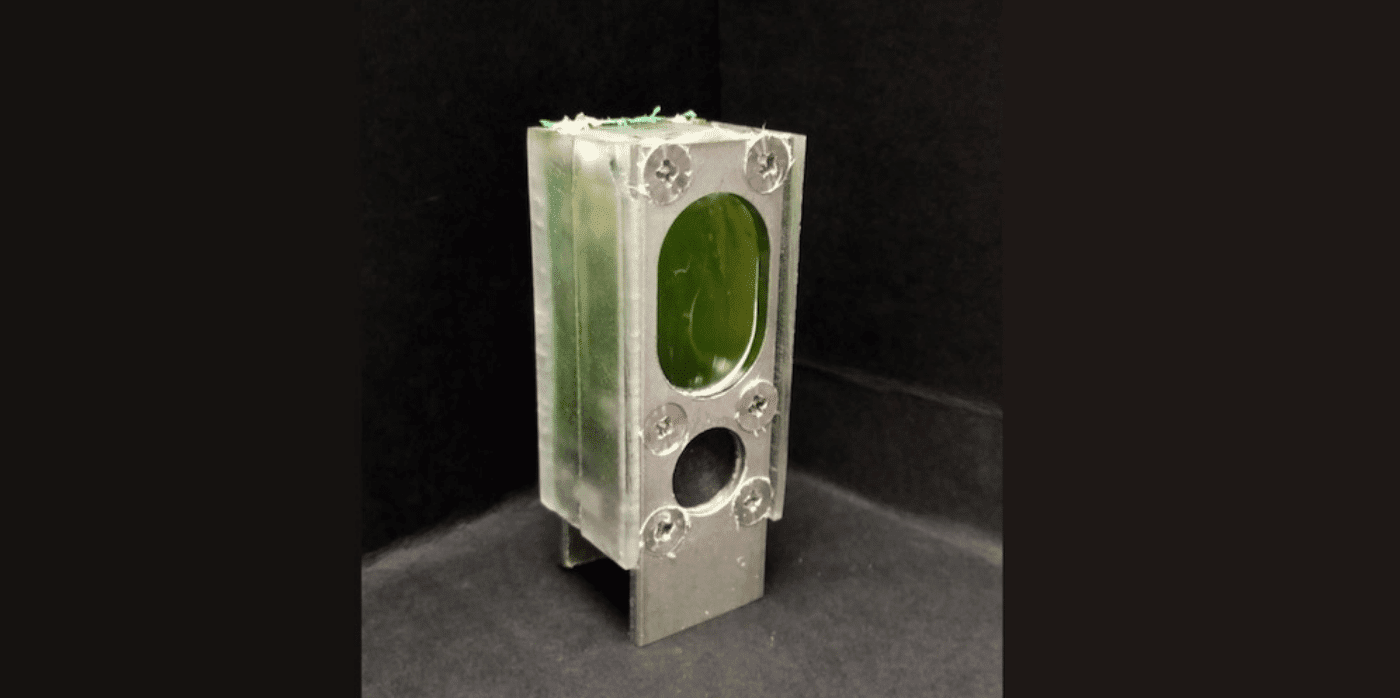An algae-powered microprocessor could be used for IoT devices
Spotted: By 2035 there are expected to be one trillion Internet of Things (IoT) connected devices. Finding the most effective and sustainable way to power all these devices is a key challenge for innovators and researchers alike. Algae are one potential power source, and researchers from the University of Cambridge recently put it to the test.
The Cambridge team built a small microprocessor similar in size to a AA battery. This system was made of common, inexpensive and largely recyclable materials, and used a non-toxic and widespread species of algae called Synechocystis as its source of power. The algae naturally harvest energy from the sun through photosynthesis, producing a tiny electrical current that powers the microprocessor.
In a study published in the journal Energy & Environmental Science the researchers found that the algae could power the microprocessor continuously for a year using nothing but ambient light and water.
One of the surprising findings of the study was that the algae continued to produce a current in periods of darkness, even though they need light to photosynthesise. The researchers suggest that this happens because the algae continues to process some of the food it creates through photosynthesis even when there is no light.
Unlike batteries, the algae-based system actually creates energy rather than simply storing it. “The growing Internet of Things needs an increasing amount of power, and we think this will have to come from systems that can generate energy, rather than simply store it like batteries,” explains Professor Christopher Howe in the University of Cambridge’s Department of Biochemistry, joint senior author of the paper. “Our photosynthetic device doesn’t run down the way a battery does because it’s continually using light as the energy source,” he adds.
Other recent algae innovations spotted by Springwise include giant algae-filled ponds that sequester carbon, smart bioplastic made using algae, and t-shirts dyed using black algae.
Written By: Matthew Hempstead
1st June 2022
Email: jg533@cam.ac.uk
Website: bioc.cam.ac.uk

